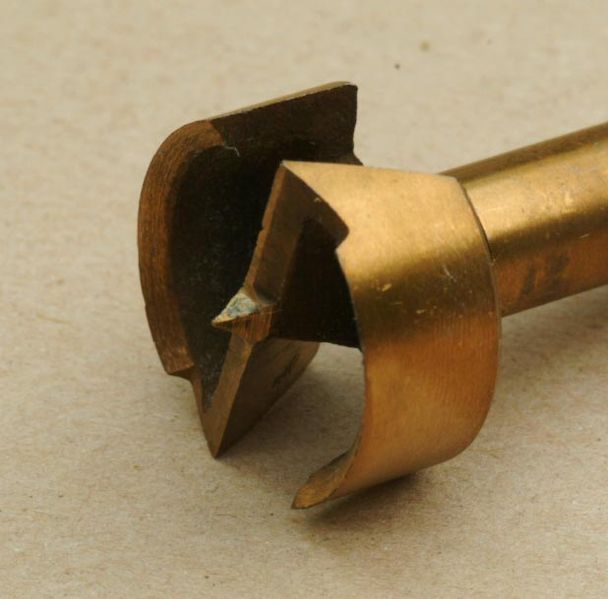BobOdenweller
Well-known member
I'm having a heck of a time adding a powerlet outlet to the cockpit area of the bike without causing harm to the plastic. First I tried the unpainted plastic on the left side of my '07, but soon after drilling the 3/4" hole and installing the powerlet outlet, the plastic cracked badly. I replaced the panel and tried it again with the same result. I replaced the panel again and this time decided to try drilling the nearby painted plastic. Yestday I noticed that it to has a slight hairline crack. I smeared some black ABS glue on the underside of the panel in hopes of stopping the crack from spreading, but I am very frustrated. Does anyone have any advice?







